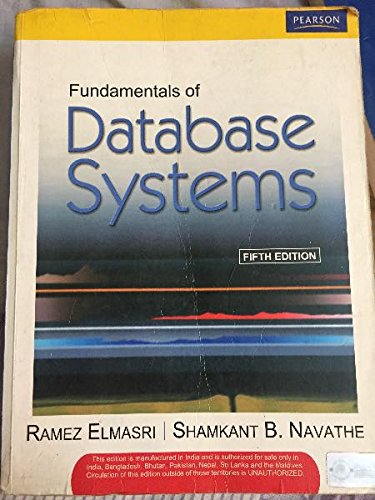Course Description:
Advance Accounting is 5 credit course with 65
sessions for the semester. Advance Accounting focuses on advance concepts like partnership, mergers &Acquisition , valuation of Goodwill and shares.
Course Objective: To acquire accounting knowledge of partnership firms and joint stock companies
COURSE OUTCOMES |
|
| Knowledge based outcome: | |
| On completion of the class students will be able to: | |
| CO1.Prepare Financial Statements in the form suitable for publication. | |
| CO2.Understand consolidated financial statements. | |
| CO3.Understand the Accounting concepts involved in Partnership form of business. | |
| CO4.Understand about the procedures involved when debentures and shares are issued by the company. | |
| Skill based outcome: | |
| On completion of this course students will be able to: | |
| CO5.Analyse the reasons and the logic behind the accounting procedures laid in the Act. | |
| CO6.Get the practical exposures towards the few financing operations of the company. | |
| CO7.Understand the context in various articles relating to the IPO’s and redemptions done by few companies. | |
| CO8.Understand various case studies relating to admission, retirement of partners and dissolution of Partnership firms. | |
- Teacher: RUPINI B
Course Objective:
To gain understanding the fundamental concepts of business statistics and its applications in business decision making.
Course Outcomes:
By completing this course the student will learn to perform the following:
CO-1 Understand the basic concepts in business statistics.
CO-2 Explain basic statistical concepts such as statistical data collection, distinguish between primary data and secondary data.
CO-3 Explain statistical series, classification, tabular and graphical representation of data.
CO-4 Define and calculate different measures of central tendency viz. – Mean, Median, Mode, Geometric mean, Harmonic mean and use appropriate measures of central tendency.
CO-5 Define and calculate different measures of dispersion viz. – range, quartile deviation, mean deviation, and standard deviation; and use appropriate measures of dispersion.
CO-6 Define and calculate coefficient of Skewness and Kurtosis.
CO-7 Describe different types of correlation, elaborate methods of calculating correlation of both ungrouped and grouped data.
CO-8 Choose appropriate statistical method for solving practical problems.
- Teacher: Dr. SRIDHAR BABU MOTHUKURI
A Relational Database Management System is a tool used to manage the organization, storage, access, security, and data integrity. It is a specialized software that allows application systems to focus on the user interface, screen navigation, and data validation. At times when there is a need to add, modify, delete, or display data, the application system simply makes a call to the RDBMS. There are many different types of database management systems, of which relational databases are by far the most common.
Course Objectives |
|
To acquire the basic conceptual background necessary to design and develop simple database system, Relational database model, ER model and distributed databases, and to write good queries using a standard query language called SQL |
|
COURSE OUTCOMES |
|
|
CO1 |
Understand terms related to database design and management |
|
CO2 |
Understand the objectives of data and information management |
|
CO3 |
Understand the database development process |
|
CO4 |
Understand the relational model and relational database management system |
|
CO5 |
Assess data and information requirements |
|
CO6 |
Construct conceptual data models |
|
CO7 |
Develop logical data models |
|
CO8 |
Evaluate the normality of a logical data model, and correct any anomalies |
|
CO9 |
Develop physical data models for relational database management systems |
|
CO10 |
Implement relational databases using a RDBMS |
|
CO11 |
Retrieve data using SQL |
|
CO12 |
Understand database performance issues |
|
CO13 |
Understand the basics of data management and administration |
|
CO14 |
Understand the basics of data warehousing |
|
CO15 |
Work as a valuable member of a database design and implementation team. |

- Teacher: NOOR UNISA
- Teacher: ANU VICTOR
- Teacher: YAMINI G
- Teacher: Dr. MAITHRY SHINDE